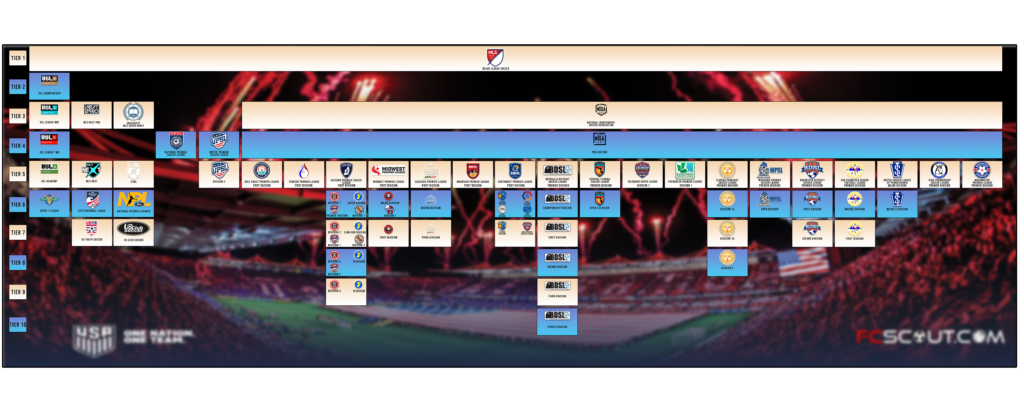Soccer Promotion and Regulation Explained: Understanding the System
Promotion and regulation are essential concepts in the world of soccer. They dictate which teams can move up to higher leagues or face relegation to lower ones. This article by fcscout.com will explore the system of promotion and regulation in soccer, providing a comprehensive guide for fans, players, and coaches.

How Promotion and Regulation Works in Soccer
Promotion and regulation work in a pyramid system in soccer. At the top of the pyramid are the elite leagues, such as the English Premier League or the Spanish La Liga. Below these leagues are lower divisions, with the number of divisions varying from country to country. The teams at the top of each lower division can be promoted to the next higher division, while the teams at the bottom of each higher division face relegation to the next lower division.
Advantages and Disadvantages of Promotion and Regulation
There are several advantages and disadvantages to the promotion and regulation system in soccer. On the one hand, it allows smaller teams to work their way up through the ranks and potentially reach the highest level of competition. It also adds excitement and drama to the end of each season, as teams fight to avoid relegation or earn promotion. However, the system can also lead to financial instability for smaller teams, as they may struggle to keep up with the higher costs of competing in higher divisions.
Examples of Promotion and Regulation Systems in Different Countries
Different countries have different promotion and regulation systems in place. In England, for example, there are four professional leagues, with promotion and relegation between each league. In Germany, there are three professional leagues, with promotion and relegation between each league as well. In the United States, however, there is no promotion and relegation system in place, with teams instead competing in closed leagues.
US Soccer League Pyramid Explained
The United States soccer system is a series of professional and amateur soccer leagues in the United States. Teams and leagues are not directly linked by the promotion system and relegation to the top tier as typically seen in other countries. Instead, the United States Soccer Federation (USSF) defines professional leagues in three levels, called divisions, with all other leagues sanctioned by the USSF not having an official designated level or division.

Currently, the USSF defines Division 1, Division 2, and Division 3. The top tier league in the United States is Major League Soccer. In Division 2 two, there is only 1 league, which is the USL Championship. In Division 3, there are three leagues, which include USL League One, National Independent Soccer Association (NISA), and MLS Next Pro. No teams in Division 2 have the ability to be promoted to the MLS. To learn more about the US system, please click here.
Challenges and Controversies of Promotion and Regulation
The promotion and regulation system is not without its challenges and controversies. Some critics argue that it creates an uneven playing field, with richer clubs having a significant advantage over smaller ones. Others contend that it can lead to instability and financial problems for smaller teams. Additionally, the lack of promotion and relegation in certain countries has led to criticism that these leagues lack the same level of competitiveness and excitement as those with a promotion and regulation system in place.
The Role of Promotion and Regulation in Soccer Development
Despite its challenges, the promotion and regulation system can play a vital role in soccer development. It allows teams to work their way up through the ranks and potentially reach the highest level of competition, encouraging investment and growth in smaller clubs. It also provides opportunities for young players to gain experience and exposure at lower levels, potentially leading to professional contracts at higher levels.
Potential Changes to the Promotion and Regulation System
There have been calls for changes to the promotion and regulation system in soccer, particularly in countries where there is no system in place. Some advocates argue that a promotion and regulation system could help promote greater competition and investment in these leagues. Others suggest that the current system should be reformed to address issues such as financial stability and inequality between clubs.
Conclusion
Promotion and regulation are critical concepts in the world of soccer, dictating which teams can move up to higher leagues or face relegation to lower ones. While the system has its challenges and controversies, it also plays a vital role in soccer development, encouraging investment and growth in smaller clubs and providing opportunities for young players. By understanding the system of promotion and regulation in soccer, fans, players, and coaches can fully appreciate the drama and excitement of the sport.
EXPLORE MORE CLUBS!
Explore more professional clubs by continent.






